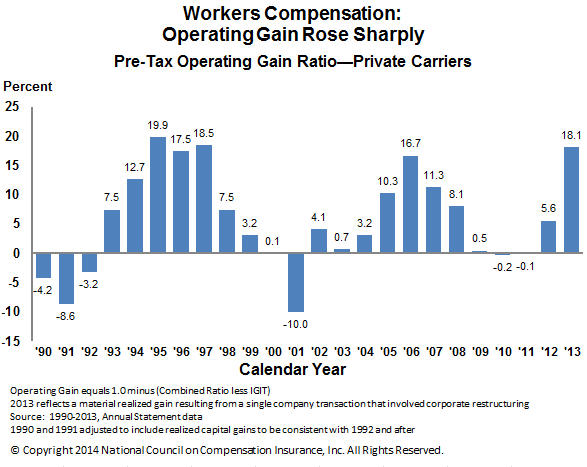Hope you, your family and friends have a terrific Fourth of July; we will be celebrating at home in upstate New York and watching the American women take on Japan in the World Cup Final.
The brief update on what’s happened this week and last.
The economy
A sizable increase in employment in June – 223,000 new jobs were added. About 1.2 million jobs have been created so far this year. (edit – quoted May’s figure in an earlier version; apologies for my confusion)
The unemployment rate dropped to 5.3% from May’s 5.5%, but the labor force participation rate also decreased, driven by lower participation among teens and younger men.
This morning’s employment report shows an economy that is adding jobs in construction, retail and business services.
While wages were essentially flat in June, over the last twelve months employers have been (slightly) increasing wages in an effort to land and keep good workers – work comp folks can expect more premium dollars, and likely more injuries as newly-employed workers tend to get hurt more often experienced employees.
Overall, the report is good news; more workers making more money means they spend more – a virtuous cycle. BUT there are some economic headwinds. The strong US dollar is hurting exports which isn’t good for manufacturing.
The ACE – Chubb deal
Looks like “Hank Junior” is following in Hank Sr.’s footsteps; with the acquisition of perhaps the most respected brand in the P&C business, ACE becomes one of the largest insurers in the industry with a diverse portfolio of insurance lines, complementary distribution, and very strong management and culture in Chubb.
Notably, the new company will take the Chubb name.
There’s a LOT of press out there on this deal, most authored by folks with a lot more insight than I have. My take is this is a smart deal for ACE; IF they don’t screw up Chubb and thereby damage a highly-regarded brand. Evan Greenberg et al are too smart to do that; they didn’t pay a 30% premium for Chubb without clearly understanding why the company is worth it.
Healthcare reform
Lots of information out there re who’s newly insured, what they are paying, and related matters.
There are more uninsured men than women, and they have more problems accessing and paying for care.
There’s been a lot of talk about premium increases for next year – and that’s caused a lot of confusion. The latest data suggests that people with the most common plan – the lowest cost silver – won’t see those big price jumps. KFF reports a survey of the benchmark plans in 11 cities indicates an average premium increase of 4.4%.
The range is wide, from a 16.2% jump in Portland OR to a 10.1% decrease in neighboring Seattle (go figure).
BUT – there have been some big jumps in some markets, and pricing is all over the place. Some plans have filed for increases north of 20%. Expect the marketplace to reward those plans that have held the line – and expect those plans to have narrow networks and hefty financial penalties for out of network care…
The reason there’s been so much talk about big price jumps is healthplans planning on raising premiums more than 10% have to report that to regulators early on; that generates a lot of buzz. Obviously, that buzz doesn’t take into consideration the plans that are NOT planning on big price jumps.
Much more on this in future posts.
There are a couple of really interesting work comp research reports that came out this week; I’ll be reading them on the plane back from Seattle today and report back to you, dear reader, next week.
Enjoy the weekend, and cheer for our women on Sunday!

